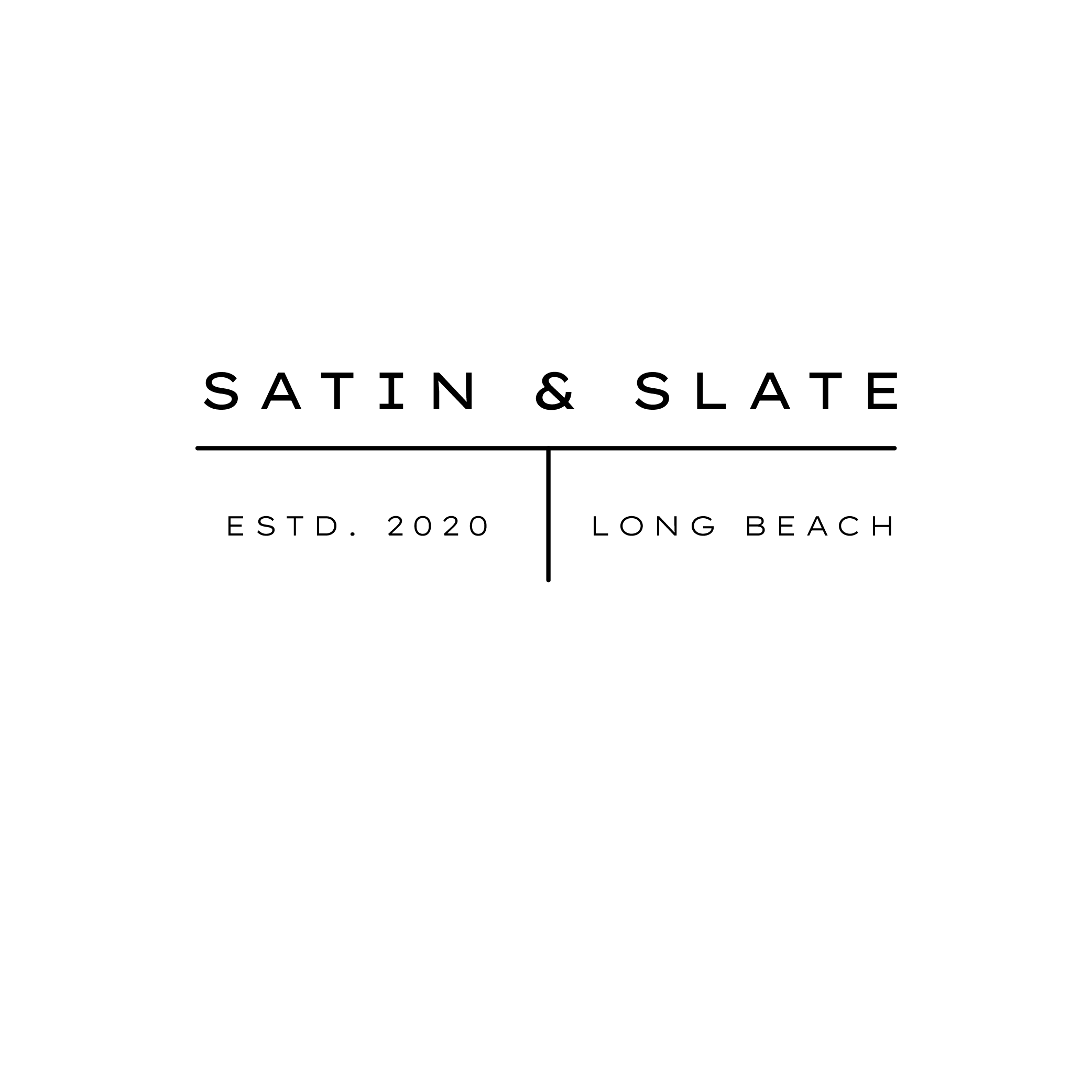When considering a revamp of your living space in Los Angeles, understanding the costs associated with hiring an interior designer is essential. The City of Angels, known for its diverse and eclectic culture, has witnessed a surge in demand for skilled interior designers.
Whether it’s for a residential or commercial space, comprehending the intricacies of engaging an interior designer is vital.
Factors Affecting the Cost of Interior Design in Los Angeles
1. Scope of the Project
The scale of your project significantly impacts the cost. Larger projects, such as whole-house redesigns or commercial spaces, typically require more time, resources, and expertise, consequently leading to higher fees.
2. Designer’s Experience and Reputation
Established interior designers with a reputable portfolio often charge higher rates. Their expertise, network, and design proficiency contribute to the overall cost of the project.
3. Complexity of Design
Intricate and detailed designs, intricate layouts, or unique custom elements add to the overall cost. The complexity of the design, including custom furniture, unique lighting installations, and specialized materials, can impact the budget significantly.
4. Materials and Furnishings
The choice of materials, fabrics, furniture, and accessories greatly influences the overall cost. Premium, customized, or rare materials can significantly raise the expenses, whereas budget-friendly options can help manage costs.
5. Timeline
Urgent or time-sensitive projects may incur additional fees due to the need for expedited services. Efficient planning and a realistic project timeline can help you avoid unnecessary rush charges.
6. Location
The area within Los Angeles where the project is based can affect the cost. Certain neighborhoods with higher living standards and property values may have a corresponding increase in design costs.
Cost Breakdown of Hiring an Interior Designer in Los Angeles
1. Consultation Fees
Many designers in Los Angeles charge an initial consultation fee, which can range from $100 to $500. This fee covers the designer’s time spent understanding your requirements, discussing design ideas, and assessing the scope of the project.
2. Hourly Rates
Interior designers commonly charge an hourly rate ranging from $100 to $300, depending on their experience and the complexity of the project. These rates cover services such as space planning, material selection, and project management.
3. Flat Fee Structure
Some designers may offer a flat fee structure for specific services, such as designing a single room or a set of rooms. These flat fees can range from $1,000 to $10,000, depending on the complexity and scale of the project.
4. Cost Plus or Percentage Fee
Certain designers work on a cost-plus or percentage fee basis, where they charge a percentage (typically 10% to 30%) of the total project cost. This approach covers both the design fees and the cost of materials and furnishings.
5. Markup on Products
Interior designers often earn a percentage through markups on products purchased for the project. This can range from 10% to 35% and covers the time and effort involved in sourcing, ordering, and overseeing the delivery and installation of these items.
6. Project Management Fees
For larger projects, designers may charge project management fees, typically ranging from 5% to 15% of the total project cost. These fees cover the time and expertise required to manage contractors, oversee installations, and ensure that the project stays within the budget and timeline.
Additional Costs to Consider
1. Renovation and Construction Costs
If your project involves structural changes, renovations, or construction work, you need to factor in additional costs for contractors, architects, and permits. These costs can vary significantly based on the extent of the work and the specific requirements of the project.
2. Custom Furniture and Furnishings
If you opt for customized furniture, bespoke upholstery, or one-of-a-kind pieces, expect additional expenses. Customized elements add uniqueness to your space but can significantly increase the overall budget.
3. Specialized Services
Certain projects may require specialized services such as lighting design, landscape architecture, or acoustic engineering. Incorporating these services adds to the overall project cost but enhances the functionality and aesthetic appeal of the space.
4. Unexpected Expenses
It’s wise to set aside a contingency fund of around 10% to 20% of the total budget to account for unexpected expenses or unforeseen changes during the design and construction process.
How to Manage Interior Design Costs
1. Set a Realistic Budget
Before initiating any project, establish a realistic budget based on your requirements and priorities. Discuss this budget openly with your designer to ensure that the proposed designs align with your financial expectations.
2. Prioritize Your Needs
Identify the key aspects of your project that are non-negotiable and prioritize them within your budget. This approach helps you allocate funds more efficiently and make informed decisions throughout the design process.
3. Communicate Clearly
Effective communication with your designer is crucial. Clearly articulate your expectations, preferences, and budget constraints from the outset. Transparent communication fosters a better understanding of the project scope and ensures that there are no surprises along the way.
4. Compare Multiple Quotes
Obtain detailed quotes from multiple interior designers in Los Angeles. Compare their services, portfolios, and pricing structures to find the best fit for your project requirements and budget.
5. Review Contracts Carefully
Before signing any agreements, carefully review the terms and conditions outlined in the contract. Clarify any uncertainties or ambiguities regarding the scope of work, payment terms, and project timeline to avoid any misunderstandings or disputes later on.
Hiring an interior designer in Los Angeles can significantly enhance the aesthetic appeal and functionality of your living or working space. Understanding the various cost factors and effectively managing your budget is crucial to ensure a successful and satisfying design experience. By considering the scope of the project, the designer’s experience, and the specific requirements of your space, you can make informed decisions that align with your design aspirations and financial constraints. With careful planning, transparent communication, and prudent budgeting, you can transform your home into a stylish and inviting haven that reflects your unique style and personality.
Check out 5 Types of Minimalist Interior Design for more inspirational ideas.

Satin & Slate Logo
About Us:
Founded in 2017, Satin and Slate is one of the elite interior design studios in Southern California. Located in Long Beach, this dedicated team of designers oversees from kitchen and bathroom renovations to commercial projects. Equipped with their own showroom/studio they can satisfy the needs of any client. Featuring clean lines, bright colors and fresh ideas Satin and Slate’s mission is to bring your vision to life and help transform your space into something extraordinary.



